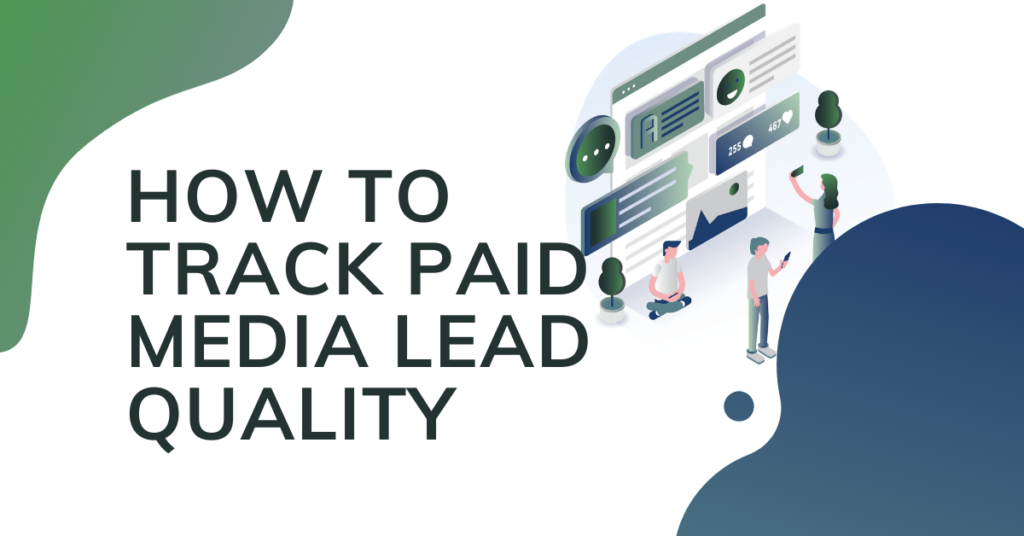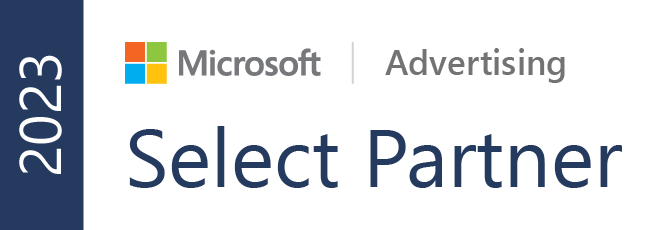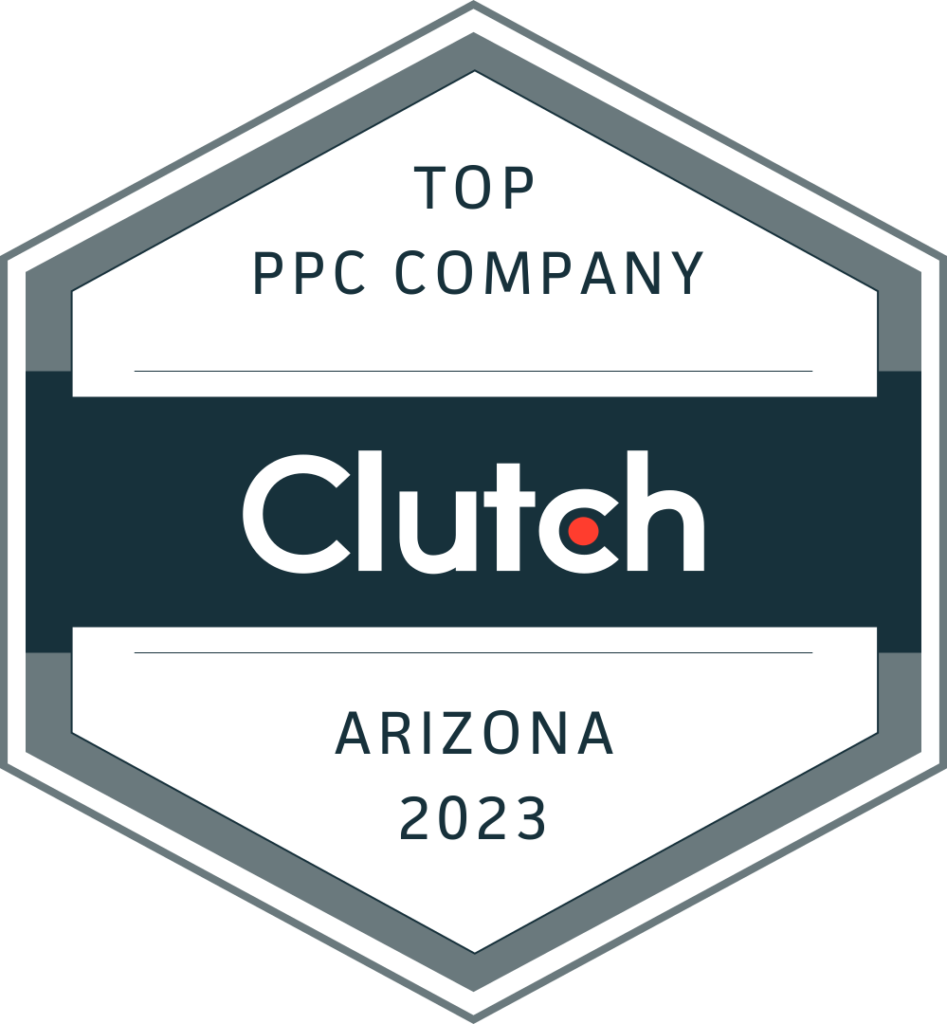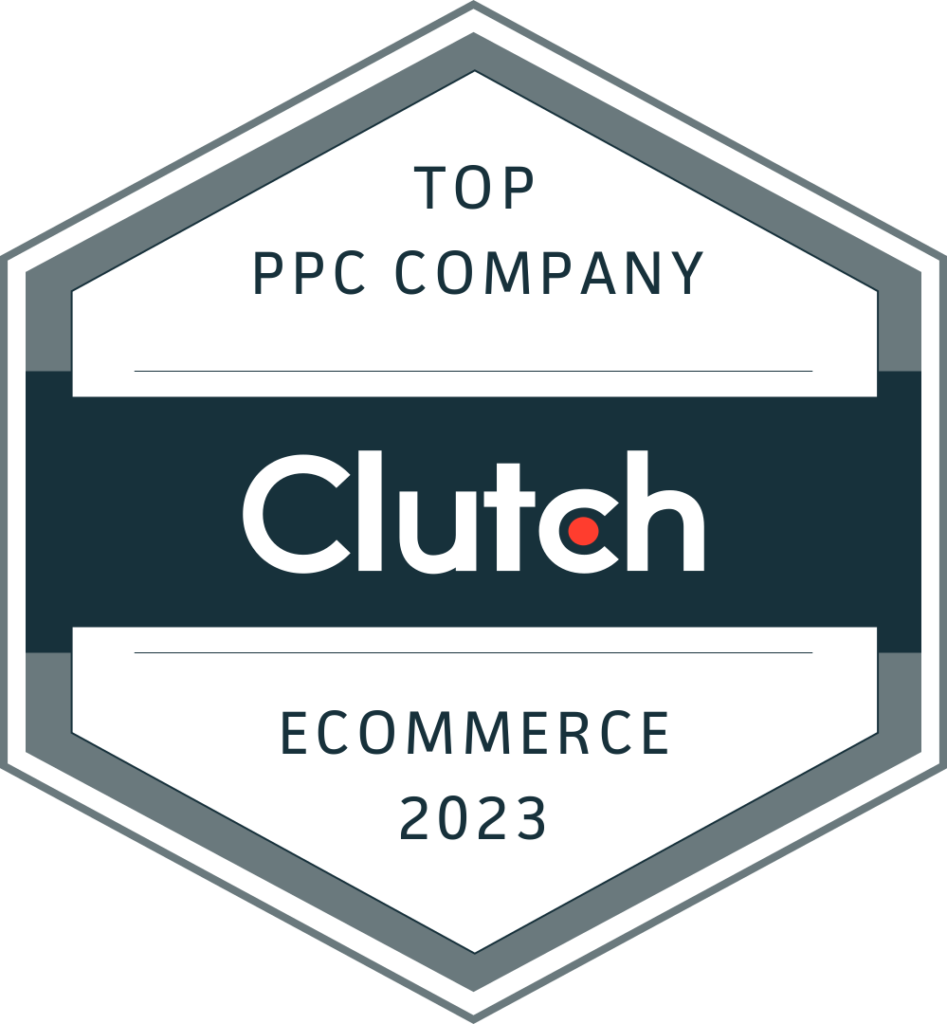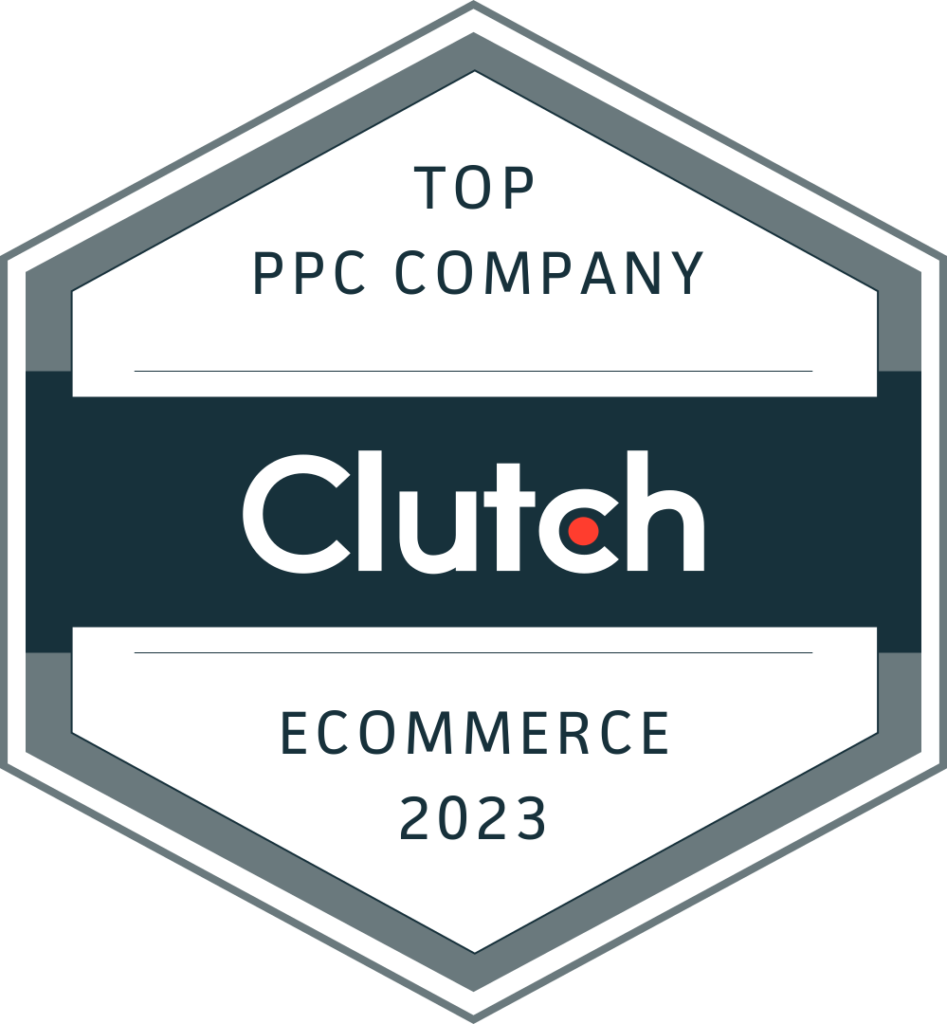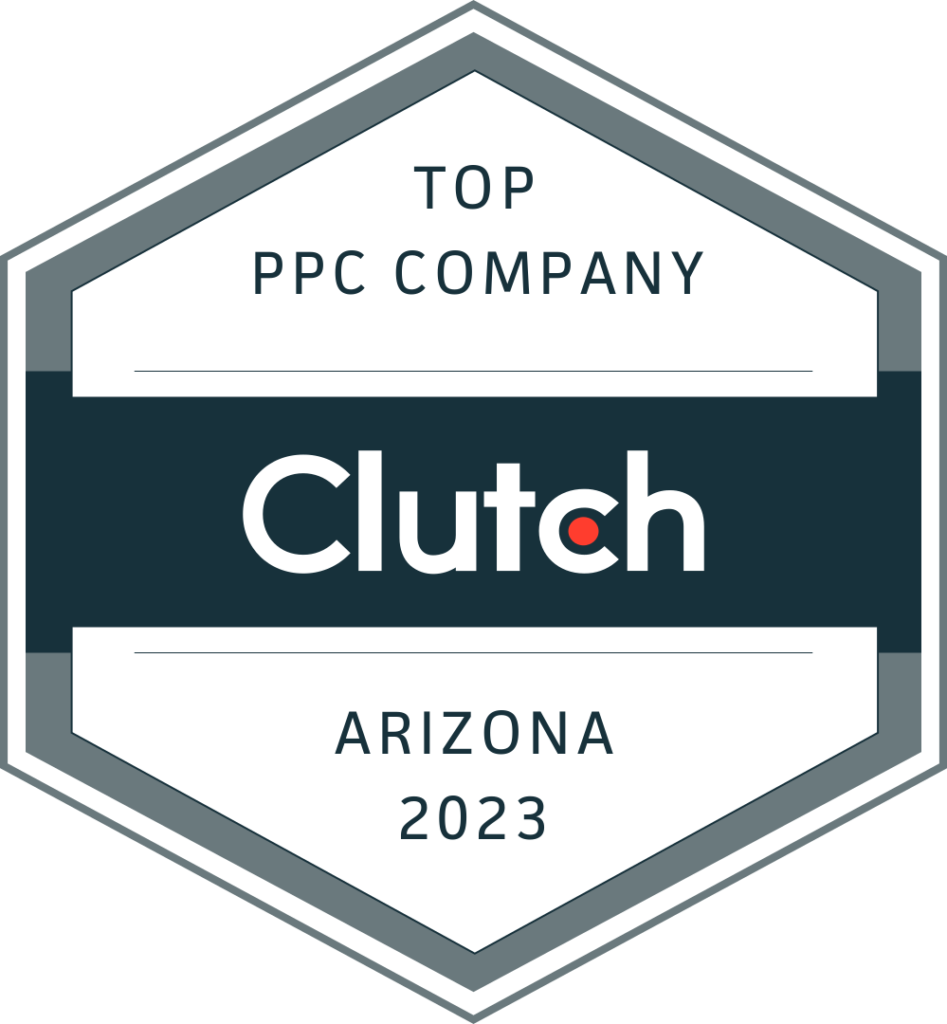It’s easy to get caught up in vanity metrics and lose sight of the metrics that really matter to your Pay Per Click program. For one: lead quality.
First, what do we mean when we say lead quality? Lead quality is the likelihood that the leads you’re generating and building your funnel with will actually convert and become customers of your business. In other words, you can attract thousands of people with paid media — but of that thousand, how many are actually worth it.
There are a number of metrics that might indicate you have a lead quality problem, for instance:
- Poor ROAS (return on ad spend)
- Poor conversion rates from initial download to bottom of funnel conversions
- High cost per acquisition in comparison with other channels or campaigns
But how can you tell if you are having lead quality trouble? The place to start is with your tracking and measurement practices. That’s why we put so much emphasis on ensuring that clients are prepared to track not just vanity but lead quality. That’s what matters to their business.
The importance of tracking lead quality
It isn’t enough to track the metrics that Google or Bing provides users. CTR, CPC, Impressions, conversions. All of that only means so much without full-funnel tracking ability. Instead of focusing on platform-contained metrics, begin to think about how you can track leads beyond the form fill, or PPC conversion value.
To do so, audit the following items in your marketing funnel…
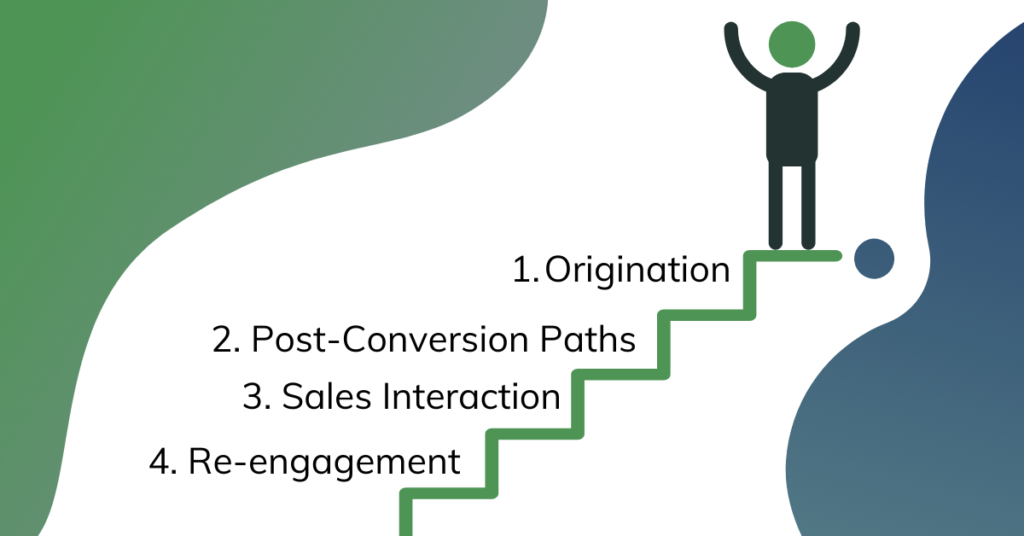
Ask yourself the following questions about your PPC program, and what happens with the leads that you build with it.
- Origination:
- Where are your conversions typically coming from?
- Can you find trends in where the highest volume of leads is coming from in your PPC program?
- Post-Conversion Paths
- What do leads interact with after their initial conversion? Ie. email campaigns, product pages, content offerings?
- Sales Interaction
- What interaction does your customer have with sales post-conversion, are there gaps in that process?
- How likely is someone post-conversion to take a bottom-of-funnel action, such as schedule a demo, or talk to sales?
- Re-engagement
- What are you doing to bring back leads that showed interest in the past? Ie. remarketing campaigns, lead nurture campaigns, etc.
- How long is your typical sales cycle, and are your PPC leads being supported through the entirety of that process?
Once you have a clear understanding of all of the above questions, you’ll be able to pinpoint where additional layers of tracking might be needed.
How to track PPC lead quality
In order to track lead origination, post-conversion paths, sales interaction and re-engagement there’s a lot of technical moving parts to think through. Let’s break down some of those moving parts…
UTM Parameters
A UTM parameter is a way of tagging a URL to track certain information when someone is to click on that URL. You can use UTM parameters to track things like channels, keywords, device, location, etc. This helps you to evaluate the exact origination of your leads. You can use UTMs to evaluate:
- What ad campaign, channel and keywords your leads are generated from.
- Which CTAs in emails, and on your website are converting leads post-initial conversion.
- What product offerings that leads may have the most interest in post-initial conversion. This gives your sales team ammo for their conversations
The possibilities of UTM tagging are endless, so long as you stay organized.
Tips: Ensure that you’re able to track UTMs in your CRM, not just Google Analytics. This helps you tie information back to the exact lead, not just an anonymized source. Also, keep a log of all the UTM parameters that you’re using, including the URLs, so that you can stay organized.
Hidden form fields
Another way to accurately track leads post-initial conversion is through hidden form fields within your conversion forms.
When you create conversion forms, you may be asking users to fill in information about themselves — but there is also another way to collect information. A hidden form field is a field that you can include on your form that isn’t visible to visitors. It’s not as creepy as it sounds. Most of the information gathered in hidden form fields simply allows you to connect the dots between the lead’s origination, and interaction with your website. For example:
Adding the hidden field UTM_Source will tell you what the source of that form fill was, such as Google or Facebook. UTM_Campaign will identify what campaign that lead has come from; it’s a way that you can organize your leads once they convert –even if that conversion takes place long after the lead has come into your contact database.
Custom fields in your CRM
Custom fields, or fields that you create to store custom information about your leads, is another way you can better track lead quality. You can use custom fields to better segment your leads, and determine how to best approach them with remarketing, and sales outreach.
Tips: DON’T create too many custom fields in your CRM. Map the path that your leads should ideally take and create a few custom fields to track that path as possible. It’s easy to over-do it with custom fields and seriously muck-up your CRM.
What is all of this PPC lead quality tracking for?
At the end of the day, tracking the above information will allow you to do a few things.
- It will allow you to track your lead’s quality by channel, keywords used, location, and various other details.
- It will allow you to accurately track your PPC program’s cost per sales qualified lead (not just cost per conversion)
- It will allow you to allocate more budget to the things that are working, and less or no budget to those that aren’t
Lead quality should be a part of your measurement plan. If it isn’t, you’re likely to miss out on valuable insights that can be game-changing for your PPC programs.


